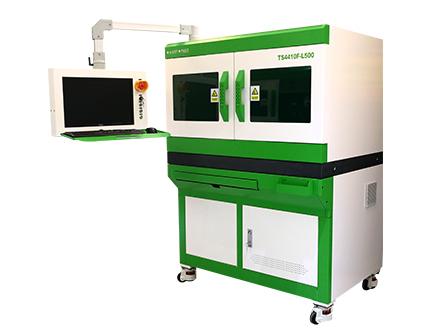Notifications

6 minutes, 1 second
-105 Views 0 Comments 0 Likes 0 Reviews

When designing and manufacturing electronic circuits, precision is paramount, especially when it comes to adjusting the resistance values for optimal performance. This is where design trimmers and laser circuit trimming play crucial roles. In this article, we will explore the difference between thick film and thin film resistors and delve into the world of laser circuit trimming techniques.
A design trimmer is a variable resistor used to fine-tune circuit parameters, such as resistance, to achieve precise control. These components allow engineers to make adjustments during the manufacturing process, ensuring that circuits perform according to their specific design requirements. Design trimmers are widely used in applications where calibrations need to be adjusted, such as in medical devices, automotive electronics, and telecommunication systems.
Before diving into the process of laser circuit trimming, it’s essential to understand the two most common types of resistors used in precision circuit design: thick film resistors and thin film resistors. Both of these resistors have distinct characteristics that make them suitable for different applications.
Laser trimming is an advanced technique used to adjust the resistance value of a resistor after it has been manufactured. This method involves using a focused laser beam to trim or modify the resistor’s material, thereby adjusting its resistance characteristics with extreme precision.
Laser trimming offers several advantages:
The process begins by using a laser beam to cut a small amount of material from the resistor’s surface. The amount of material removed directly affects the resistance value. By controlling the laser intensity and duration, precise adjustments can be made to achieve the desired resistance without affecting other aspects of the circuit.
Laser trimming is especially popular for thin film resistors because their structure allows for more precise trimming. However, it can also be applied to thick film resistors, particularly in cases where high precision is required.
Laser circuit trimming is widely used in industries that demand high precision, including:
In summary, understanding the differences between thick film and thin film resistors and the role of laser circuit trimming in precision resistor adjustment is key to designing and manufacturing high-performance electronic circuits. Whether you’re fine-tuning resistors during production or choosing between thick or thin film resistors for your project, these technologies ensure that your circuit operates with the highest degree of accuracy and reliability.

